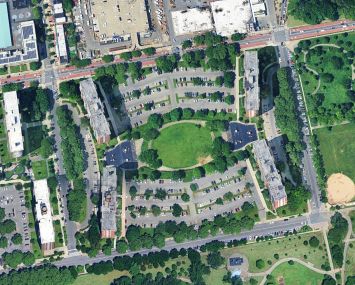Foreign Buyers Taking Billions to the American Suburbs
By Celia Young April 13, 2021 11:30 am
reprints
The single-family rental (SFR) market is booming, and foreign investors now account for a third of institutional investment as private renters face higher prices and some stiff competition, according to The Wall Street Journal.
The SFR market thrived during the pandemic, mainly made up of private buyers who own an average of 1.7 properties, Commercial Observer previously reported. But institutional investors like American Homes 4 Rent, Invitation Homes and Tricon Residential, which own billions of dollars worth of assets, take up their fair share.
Institutional investors tend to seek out spots with good schools, steady job growth and expensive homes, CO reported. Foreign investors chase those properties for similar reasons — strong demand for homes in desirable suburbs can lead families to rent if they can’t buy.
And foreign investors are entering the market on a scale competing with those American giants. In January, Canada’s Public Sector Pension Investment Board said it agreed to a $700 million rental-home venture partnership with Premium Partners, WSJ reported. Last month, German insurer Allianz SE said its investing in a venture to buy more than $4 billion of U.S. rental homes.
Their timing is unsurprising. Even before the pandemic, a housing shortage, improved technology allowing for easier management of portfolios, and aging millennials looking for more space were accelerating the SFR market, CO reported. The pandemic-inspired exodus to suburbia added fuel to the fire.
Now, foreign investors can more easily buy in bulk, or build their own properties, spurring more foreign investment, according to WSJ. Lennar Corp., a home building corporation, said it has commitments from investors — many affiliated with companies abroad — for $1.25 billion to buy $4 billion worth of American homes. Web traffic from users in Canada and Mexico has increased at Roofstock Inc., an online platform for buying rental homes.
While the real estate industry suffered as a whole during the coronavirus pandemic, SFR home rent and occupancy rose by 5.7 percent last year, according to WSJ. And forecasts suggesting steady market growth mean increased competition in the SFR market could be here to stay, at least for a while.


